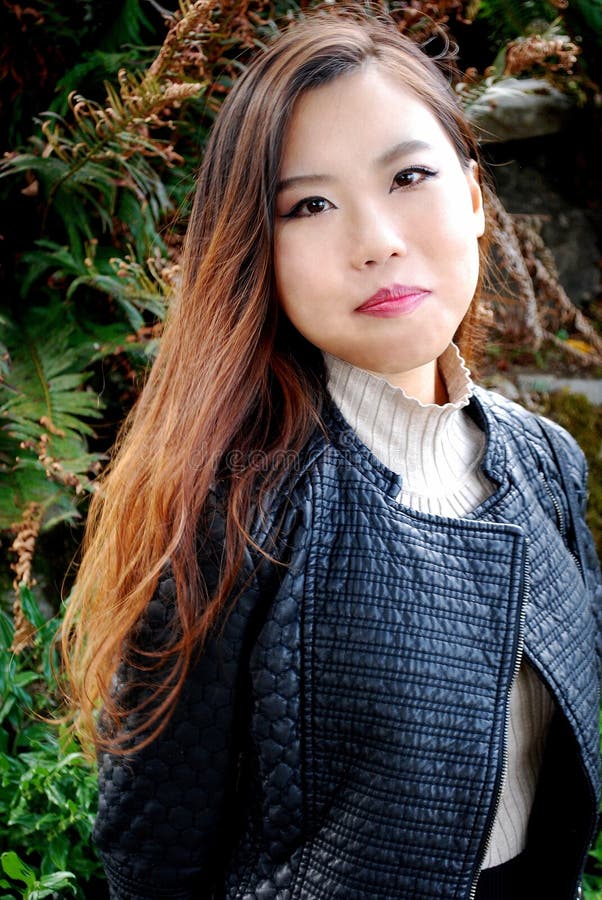Rich metaphor permeates the customs that go into Eastern bride festival rituals. The ceremonies are a nod to Asian culture’s deeply ingrained beliefs that the union of couples should be honored by their families and by the universe. These ceremonies range from the wedding hairdressing and capping ceremonies for the bride https://asianbrides.org/indonesian-women/ to the otoshigami, where the groom blocks himself with his family and friends. The tea ceremony also involves the couple serving their parents, grandparents, and other elders and receiving red envelopes ( or hong bao ) filled with cash or jewelry.
It is customary to honor one’s predecessors and goddesses on the day of their wedding in Chinese weddings. To get rid of awful ghosts, this entails taking a fruit leaf shower and donning fresh clothing. The couple’s household will then typically prepare 12 gifts for their daughter-to-be, including bridal cookies, standard Chinese pie, a wood dish set https://www.nytimes.com/2023/01/12/style/dating-classes-texting.html, candles and firecrackers, silver jewelry, and cash.

Normally, a procession travels from the groom’s residence to the bride in the Japanese bride meeting. Visitors may have lanterns and banners, ring gongs to ward off evil spirits, and lighting a bonfire made from the spiritual sakaki tree’s branches. The newlyweds are then taught religious values for married life by a miko, or female helper of the priest.
The couple bows to the couple’s ancestors and the temple angels after exchanging two handclaps. A few days later, the bride bows down in front of her husband’s grandparents and relatives and offers them tea with two red schedules or two flower seedlings as a sign of respect.
